Galleries
A New Generation of Berlin Gallerists Wants to Beat the Odds by Working Together
Just before Berlin Art Week, young Berlin galleries will present the city’s first non-commercial collaborative event.
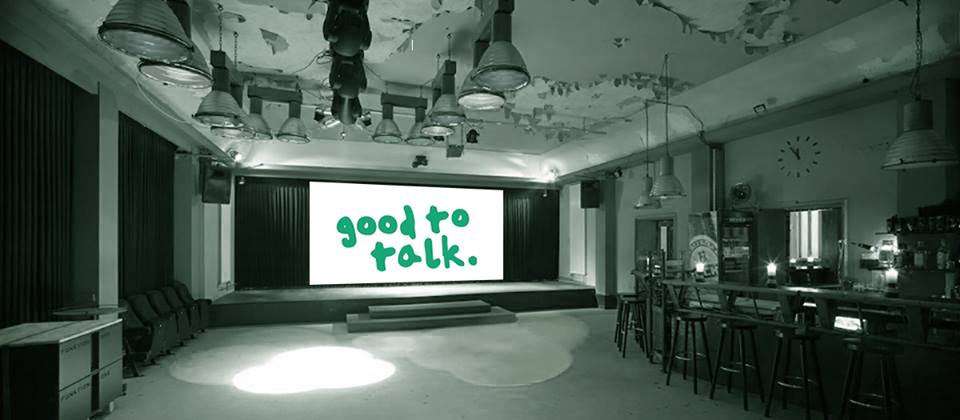
Just before Berlin Art Week, young Berlin galleries will present the city’s first non-commercial collaborative event.

Emily McDermott

Over the past 10 years, a new generation of galleries has established itself in Berlin, building on the achievements of an older group of pioneering dealers who put the city on the international art-world map. Unlike those that came before, this new breed is looking to strengthen and re-energize an already recognized hub amid the difficulties plaguing mid-size galleries all over the world. Their strategy is the same as that of their peers in London, New York, and the Rhineland: collaboration.
This September, five prominent names from this new crop of dealers are hosting the city’s first non-commercial collaborative event together with 20 of the city’s galleries. Titled Good to Talk, the galleries Eigen + Art Lab, Thomas Fischer, Klemm’s, Daniel Marzona, and Tanja Wagner will present a 46-hour marathon program, including panel discussions, performances, concerts, film screenings, and DJ sets with a deep bench of participants.
Rather than focusing on the presence of specific galleries, as is done during other collaborative events such as Berlin Gallery Weekend or the soon-to-launch Okey Dokey (which happens to open on the same weekend), Good to Talk’s organizers have developed an expansive program that aims to attract an audience outside of the art world.
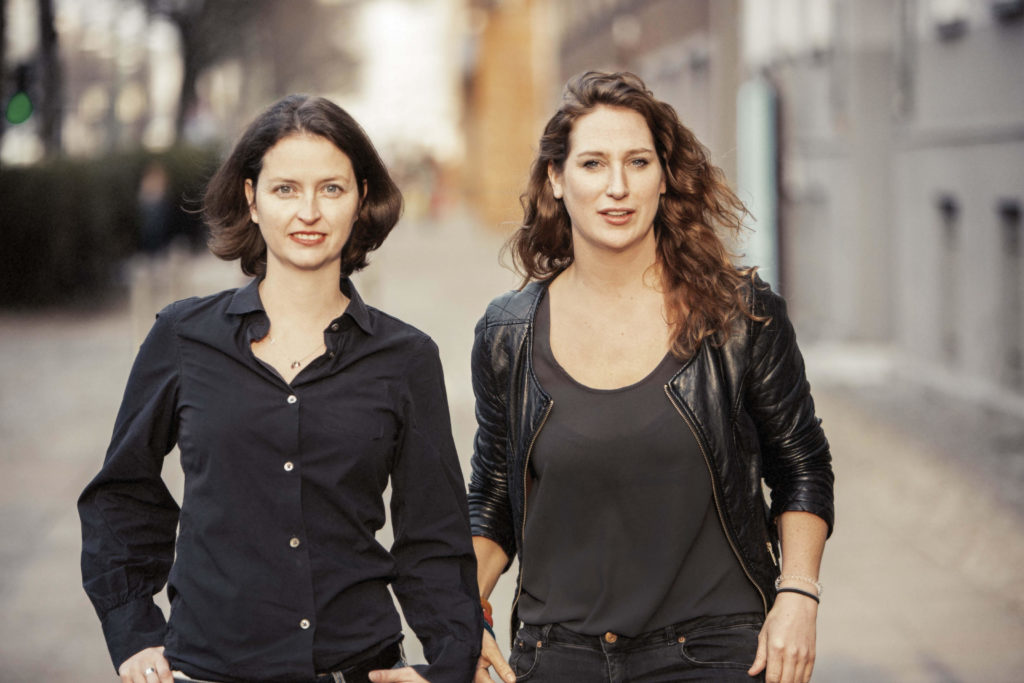
Anne Schwanz and Johanna Neuschäffer, Courtesy EIGEN + ART Lab
“Berlin is changing so much at the moment with the start-up scene, new economies and new companies coming,” Anne Schwanz, the co-director of Eigen + Art Lab, tells artnet News. “Everybody has always said Berlin is the city of production only, that there is no market here, no money, but now things are changing,” adds Sebastian Klemm, co-founder and co-director of Klemm’s.
Each of the five gallerists behind the initiative acknowledged that in the last two to three years there has been an influx of young people with significant incomes, initiating a slow but important shift in the local market. However, while it’s becoming easier to sustain a gallery through Berlin-based sales, many of the city’s newcomers have little or no previous exposure to the art world.
“Good to Talk is an offer that the art community is making to the public,” Klemm continues. “I hope that Good to Talk will give a broader public a first glimpse into the art world.”
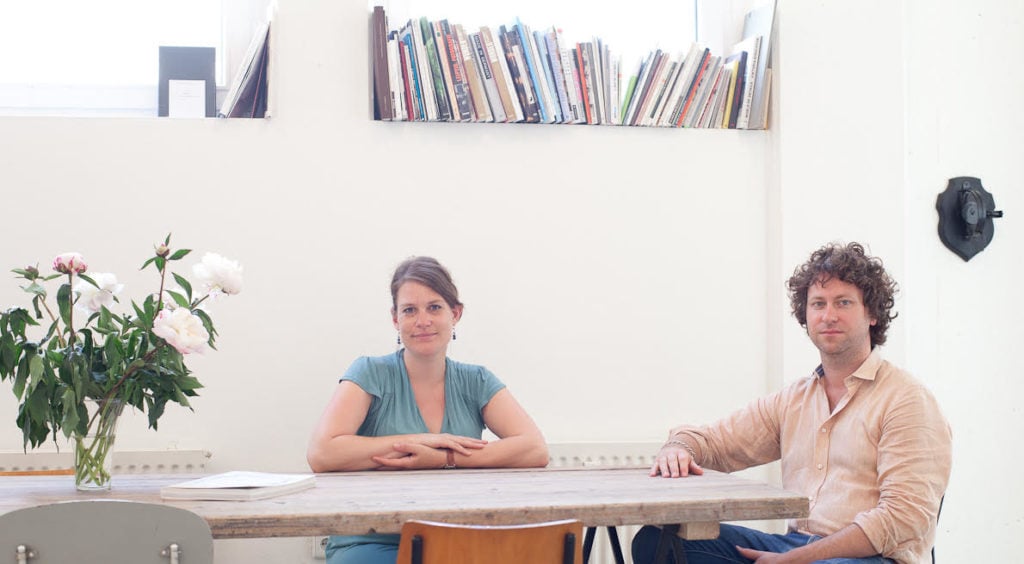
Silvia Bonsiepe & Sebastian Klemm. Courtesy Klemm’s
Their vision, though, goes beyond simply reacting to a shift in the market. Each of Good to Talk’s founding gallerists also foresees and hopes to collaboratively initiate changes in the local and global art scene.
“Our system has been the same for a while now—classic exhibitions in the gallery, doing the art fairs—and I think everyone, including collectors, curators, and artists, is feeling fatigued,” says Tanja Wagner, who had a pop-up gallery in New York at 53 Orchard Street earlier this summer. “It’s a time where everyone wants to experiment and try new things. You don’t only do exhibitions in galleries or at fairs, but you expand and explore. To see what’s possible with colleagues, to combine our strengths, is exciting.”
Prior to founding their own galleries, Wagner, Fischer, and Marzona all worked at various high-profile Berlin art spots. Wagner spent nine years working with artists like Jeff Koons and Ai Weiwei at Galerie Max Hetzler, until, in 2010, she established her eponymous gallery. “I wanted to see what my own generation is up to and build my own program,” she says.
Fischer has been in Berlin since the late 1990s and before founding his gallery in 2011, he worked at the Hoffmann Collection and ran the nonprofit space Souterrain. For eight years, Marzona worked at the Berlin branch of Konrad Fischer, who represents artists like Carl Andre and Bruce Nauman. Schwanz, on the other hand, has been with Eigen + Art since 2004 and has helped develop the gallery’s experimental offshoot, the Lab, since 2015, together with Johanna Neuschäffer. For his part, Klemm founded his gallery in 2007, fresh out of university, together with Silvia Bonsiepe.
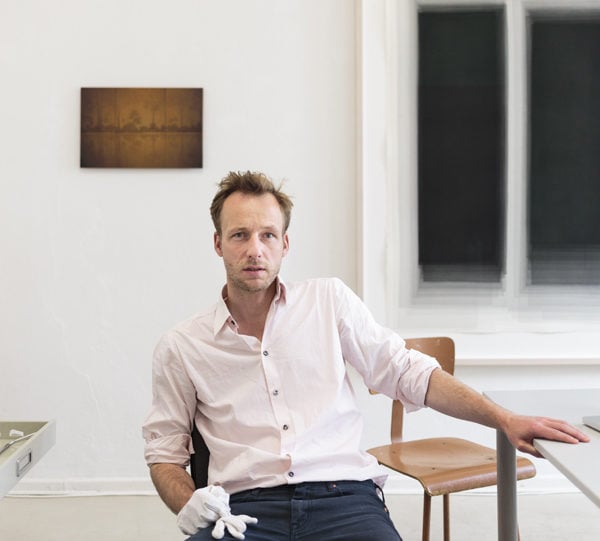
Thomas Fischer. Photo ©Dawin Meckel/OSTKREUZ.
All of their current gallery programs place a premium on collaboration and public initiatives.“To join forces and do it as an exposed weekend feels very natural.”
“I’ve been doing artist talks and performances since opening the gallery. My other colleagues are doing the same. That’s our practice, it’s what we do in our galleries on a daily basis,” says Wagner.
Berlin galleries joined forces in the past, most successfully in 2004 with the creation of Gallery Weekend, a much-emulated and highly successful format. Yet events such as this one are market-driven and foster a competitive atmosphere. To participate in Gallery Weekend, a gallery must not only be invited, but also pay upward of €5,000 to be included in the official program. Relations among the older generation of galleries have also been strained over the years. (In 2011, for example, accusations of favoritism flew after Eigen + Art, among other Berlin applicants, was rejected from Art Basel, despite the fact that the gallery had participated in the fair for 11 years. Three of the six jurors on Art Basel’s selection committee at the time were from Berlin-based galleries.)
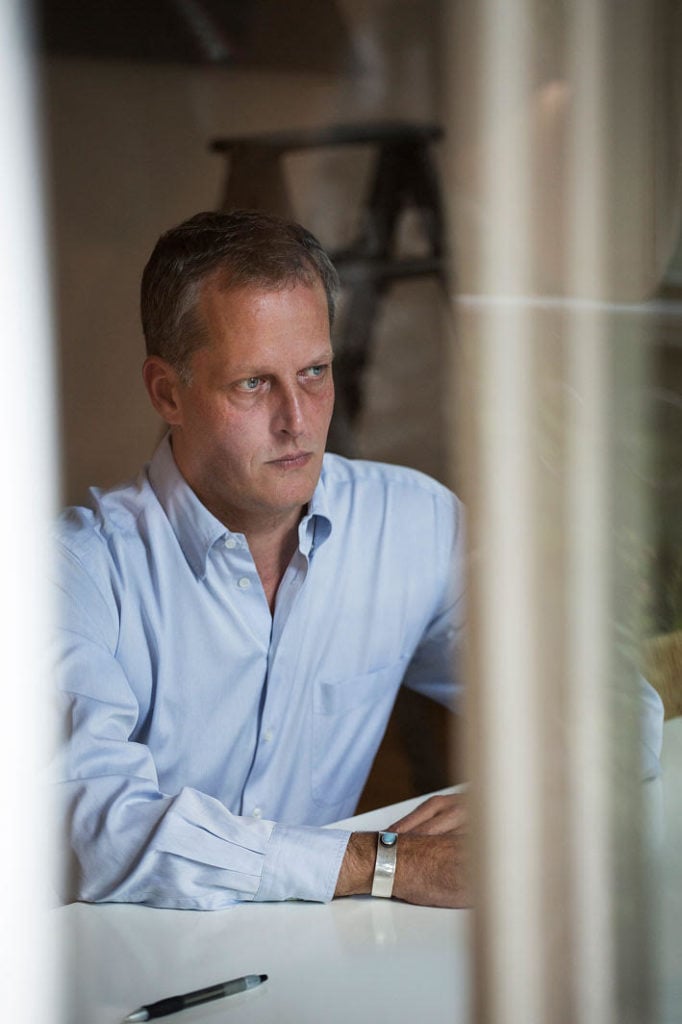
Daniel Marzona. Photo ©Jakob Hoff, Berlin
“There have been groups of galleries in Berlin that became quite influential. We’re not interested in creating a group like that,” Marzona says. “It’s a stupid idea because you shut people out and maybe in the long run it isn’t so successful.”
Fischer, Klemm & Bonsiepe, Marzona, Schwanz & Neuschäffer, and Wagner all admit that they speak differently than the older guard of Berlin galleries and that there is a general lack of communication between generations. They say the shift toward a non-competitive approach, however, is a natural evolution.
“Everybody can see the need of new collaboration and new formats,” Schwanz explains. “Fairs will exist in the future, but it’s not enough. In the art world, you need developments, you need the new sexy thing and to invent yourself in a new way. It’s time that the art scene thinks about new formats, which in the beginning maybe have nothing to do with the commercial side.”
Early this year, when the gallerists recognized the impending deterioration of Berlin’s main fall art event, art berlin contemporary (abc), they considered how they could introduce a non-commercial, content-driven event to the city, eventually resulting in Good to Talk. When the new fair Art Berlin was announced as a sort of replacement for abc, their excitement grew, because rather than being a competitor, “Good to Talk is an alternative and a supplement to Art Berlin,” Wagner says.
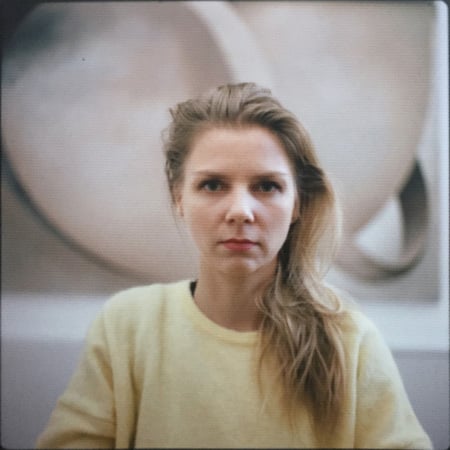
Tanja Wagner. Photo ©Philip Fleischer
As such, the 46-hour marathon will occur the weekend before the commencement of Berlin Art Week, which includes Art Berlin. Good to Talk introduces a new wave of Berlin galleries looking towards the future of the art world, in which local ties are just as important as—if not more than—global recognition.
“When you work in art, it is important for the future that you’re open to new collaborations,” Schwanz says. “It’s not the time to separate from each other, to create your own little circle. The world is becoming wider and wider, and as one gallery or one person, you’re unable to play all the games. But when you’re collaborating or open to other formats and projects, then you make your circles bigger.”
“Berlin has advantages and disadvantages. We can work better on the disadvantages when working together,” Marzona continues. “Collaborations, when they make sense, can really enhance a city.”
“Good to talk—46 hours in conversation,” takes place at the Kantine am Berghain, Am Wriezener Bahnhof, 10243 Berlin, starting at 12 a.m. on Friday, September 8, 2017.
The full list of participating galleries includes:
Alexander Levy
Daniel Marzona
Dittrich & Schlechtriem
EIGEN+ART Lab
EXILE
Galerie Crone
Galerie Klaus Gerrit Friese
Galerie Tanja Wagner
Galerie Thomas Fischer
Helga Maria Klosterfelde
Katharina Maria Raab
KM
KOW
Klemm’s
König Galerie
KWADRAT
Leslie
NOME
SCHWARZ CONTEMPORARY
SEXAUER